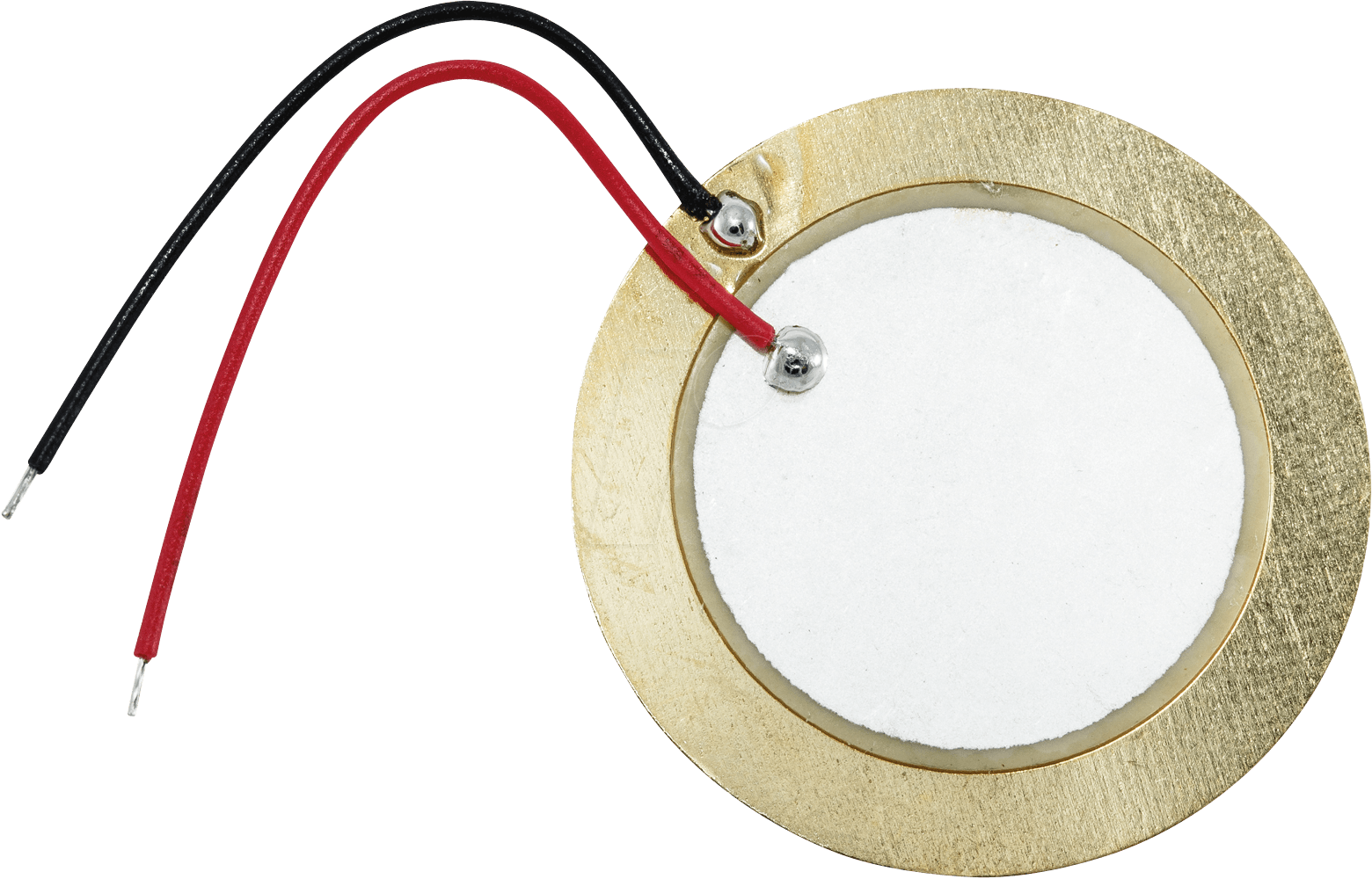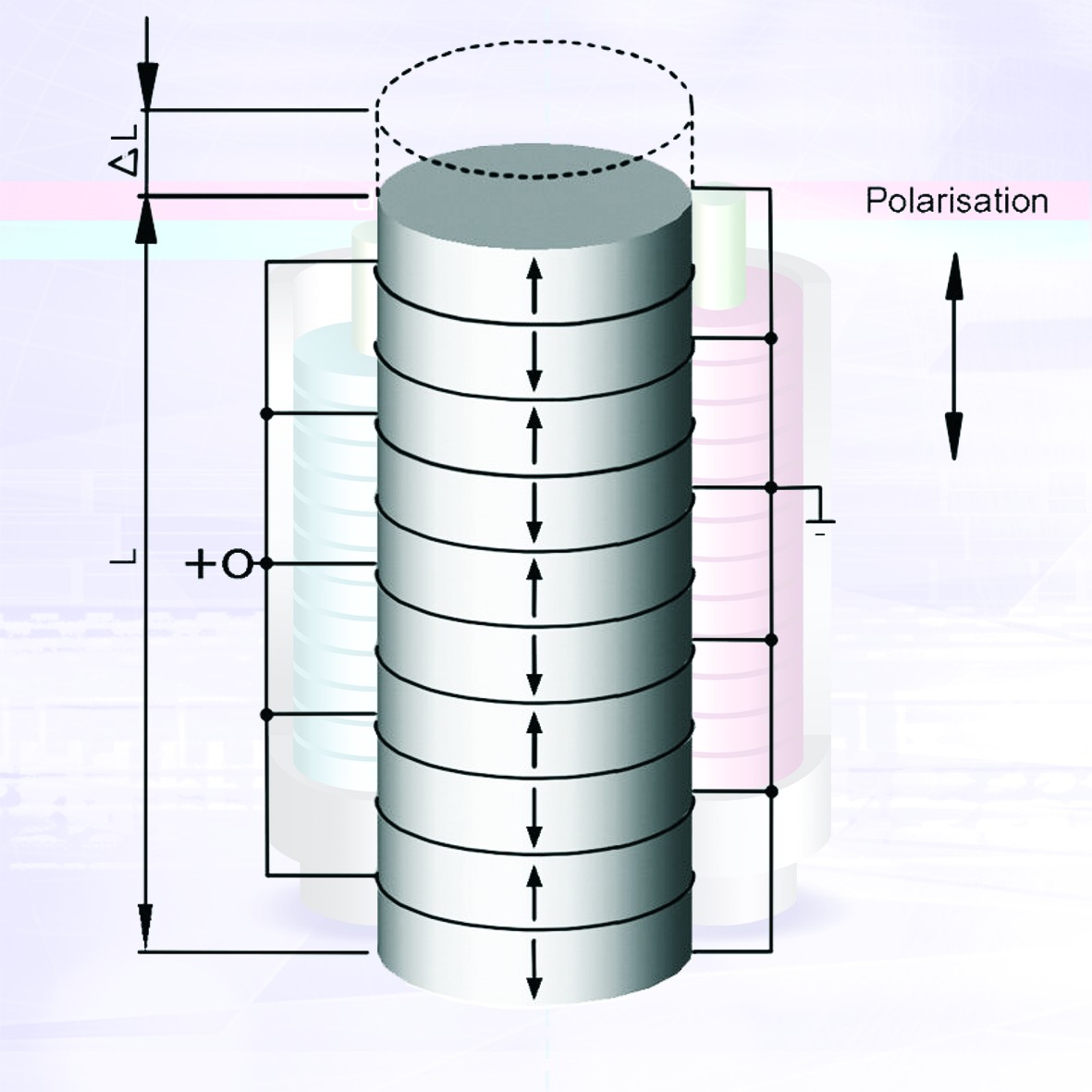

However, such a displacement leads to a separation of the centers of gravity of the charges inside the cell, so that an electric dipole moment appears. The displacement of ions from their initial position is very small: it makes up a few percents of the unit cell parameter. As a result, the distances between positively and negatively charged ions also change ( Figure 1, for BaTiO 3 instead of Pb - Ba). If the temperature is below this critical one, then the unit cell is distorted tetragonally towards one of the edges. The unit cell at temperatures above the critical, which is also called the Curie point, is cubic. The barium titanate BaTiO 3, like many other piezoceramic substances, is similar in structure to perovskite (СаТiО 3), by which this class of materials is named. Here we can briefly explain the piezoelectric effect by the example of barium titanate, often used piezoelectric ceramics with a relatively simple unit cell design. Figure 1 - The unit cell of lead zirconate titonate (PZT) at a temperature above the Curie point (left) and at a temperature below the Curie point (right) It was shown that a necessary pre-condition for the appearance of the piezoelectric effect is the absence of a center of symmetry in the unit cell.

In this case, the unit cell is the smallest symmetric unit of material, from which a microscopic crystal can be obtained by its repeated repetition. More detailed studies of the piezoelectric effect showed that it is explained by the property of the unit cell of the material structure. The first effect is currently used for measurements, and the second for the excitation of mechanical pressures, deformations, and oscillations. Shortly thereafter (in 1881), the inverse piezoelectric effect was confirmed, namely, that such a substance located between two electrodes reacts to an applied voltage across it by changing its shape. In 1880, Pierre Curie was only 21 years old. Later they discovered a similar effect on quartz and other crystals. They noticed that if you exert mechanical pressure on the crystal in a certain direction, on the opposite sides of the crystal electric charges appear proportionally to the pressure and opposite polarity. Pierre and Jacques Curie first discovered the direct piezoelectric effect of a tourmaline crystal. Note: The first article by Jacques and Pierre Curie on piezoelectricity was presented to the Mineralogical Society of France (Societe mineralogique de France) at the session of April 8, 1880, and later at the Academy of Sciences (Academie des Sciences) at the session of August 24, 1880.


 0 kommentar(er)
0 kommentar(er)
